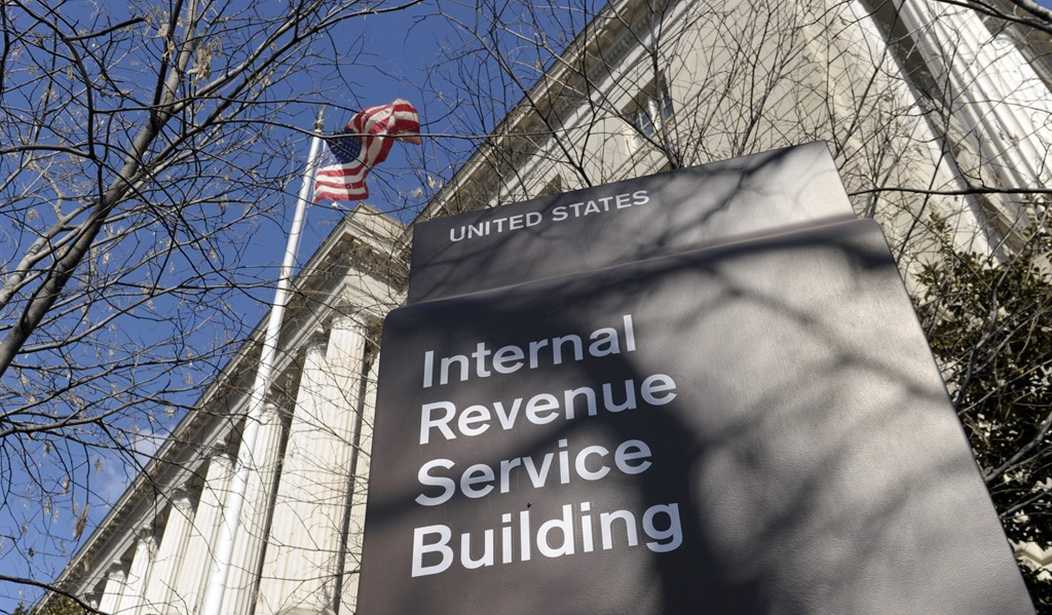My father, who was born in 1922 and lived his teens and early twenties during the unfortunate reign of Franklin Delano Roosevelt, whimsically embraced a tax reform plan that he sardonically explained to me once or twice during his hard-working life.
The first step in this plan was to abolish the federal system of withholding taxes from a worker's paycheck -- a system enacted in 1943 by Roosevelt and a Democratic Congress.
FDR wanted not only to limit the size of an individual's income, but also to seize a large share of it before the individual could lay his own hands on it.
About five months after Pearl Harbor, he sent a message to Congress calling for confiscation of what he called "excess income."
"Discrepancies between low personal incomes and very high personal incomes should be lessened," Roosevelt said, "and I therefore believe that in time of this grave national danger, when all excess income should go to win the war, no American citizen ought to have a net income, after he has paid his taxes, of more than $25,000 a year."
In his budget message to Congress the following January, FDR called for what he described as a "pay-as-you-go" tax system. This did not mean the government would only spend as much as it brought in through taxes each year. It meant that employers would be required to pay a worker's federal taxes directly to the government rather than paying a worker the entirety of his earnings and letting him or her deal with the government about how much the government was entitled to take.
Recommended
FDR pitched his "pay-as-you-go" plan as a way to "simplify" the tax system.
"It is more important than ever before to simplify taxation both for taxpayers and for those collecting the tax, and to put our taxes as far as feasible on a pay-as-you-go basis," he said in his January 1943 budget message.
The Democrat Congress gave FDR this power over private-sector paychecks in the Current Tax Payment Act.
Two years later, World War II ended. But ever since then, through war and peace, employers have paid part of their workers' earnings directly to the federal government rather than to the workers themselves.
The second part of the whimsical plan my father embraced -- after ending withholding -- was to require workers go to two windows every payday.
The first, as I recall, would be at their employer. Here, they would receive their pay in cash. The second would be at a government office. Here, they would wait in line -- just as they would at the DMV -- to pay, in cash, the taxes the government claimed they owed.
All deception would be removed from this system: Taxpayers would know exactly what they were getting paid and exactly what they were paying the government.
I believe the rationale for the plan was this: When workers saw how much the government was seizing from their earnings, they would become conservatives and never again elect a president like Roosevelt or a Congress like the one that gave Roosevelt the withholding tax.
The size of the government would shrink. America would remain a nation of free and self-sufficient people.
There may never have been any real chance of enacting the pay-in-cash-on-payday plan, but, as time goes forward, the odds that such a plan would have the desired effect have grown progressively smaller.
Today, if workers had to go to a tax window every two weeks to personally deal with the IRS, many millions of them would not be handing money over to the government, the government would be handing money over to them.
An Internal Revenue Service report indicates that 52,062,499 tax-return filers in 2014 paid no federal income taxes. That equaled 35 percent of all tax-return filers that year. 31,129,405 not only paid no income taxes, they received a combined $90,276,007,000 in refundable tax credits.
Last month, according to the Bureau of Labor Statistics, there were 22,381,000 workers employed directly by local, state and federal government. That was far more than were employed in manufacturing (12,392,000) or in retail trade (15,855,000).
As of January, according to the Centers for Medicare and Medicaid Services, there were 74,493,736 individuals enrolled in Medicaid and the Children's Health Insurance Program -- up 16,658,266 since the opening of the Obamacare exchanges.
There were also, according to the U.S. Department of Agriculture, 42,715,121 on food stamps.
Just as no Congress after FDR had the courage to abolish the withholding tax, no Congress has had the courage to actually reverse the upward trajectory of federal entitlement programs.
There are now three groups in the United States: Those who work for the government, those who benefit from the government and those who pay for the government.
How long can the third group sustain the growth of the first two?
























Join the conversation as a VIP Member